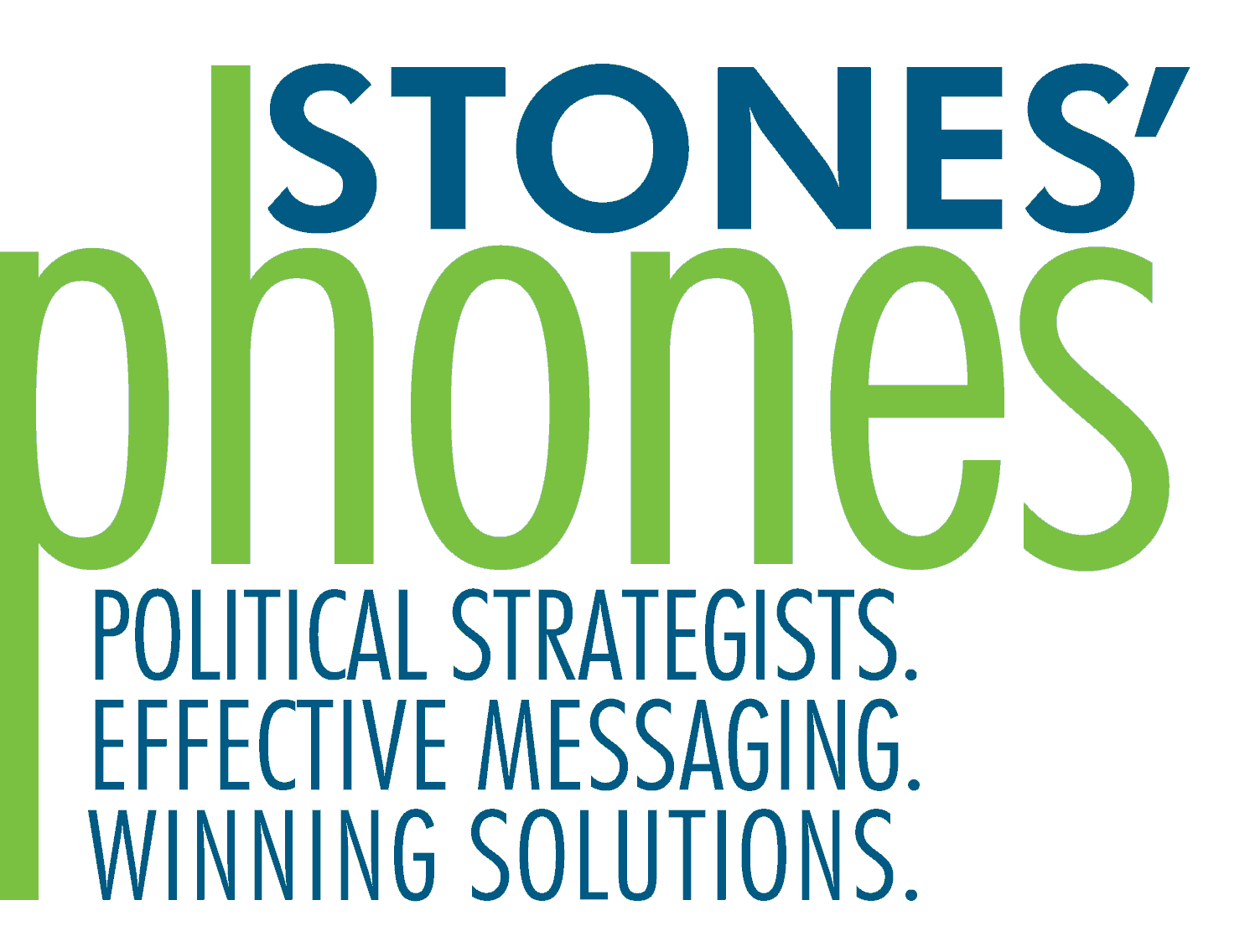Texting To The Voter File: What You Should Know
- willw95
- Aug 9, 2023
- 3 min read
Updated: Aug 22, 2023
Campaigns can now text people on cell phone numbers pulled from voter files, opening up communication to a vast untapped network. Texting is a convenient, effective, low cost form of communication. It’s a great way to get low turnout voters to the polls, making it a perfect option for reaching younger people.

Getting a texting program up and running can be hard to do alone. Here we are going to walk you through some frequently asked questions about texting voters.
Is texting directly off the voter file legal? Yes. Political texting is legal in all 50 states.
Are the texts sent from a shortcode? No, texts are sent from full 10 digit phone numbers and show up on recipients’ phones just like any other text. We can text from any local area code as well.
Do I have to be registered to text? Yes. In order to send text messages your campaign or organization needs to be 10 DLC registered. This registration assures your text messages do not get caught in phone carriers spam filters. We can get you registered today!
Do these texts require a disclaimer? Text messages must include the organization or campaign name as well as clear opt out language. We help with scripting to ensure your messages meet all requirements.
Don’t people hate receiving unsolicited texts? Our experience shows that only 1.6% of recipients respond negatively to political texts.
What is the average “take me off your list” rate? Only about 3% of voters contacted will request to be removed.
Doesn’t it cost recipients money to receive a text? Hardly any cell phone plans are pay-per-text; around 90% of Americans have unlimited texting plans.
How can a voter get off the list? They can respond to the text and say they no longer want to be contacted. Then they are flagged for removal from the list.
What percent of voters view the text? Studies show that text messages have a greater than 95% open rate.
What percent of voters respond? We see a response rate of 4-6% when contacting voters, and even higher when contacting membership or known supporters.
If the voter does respond, how long is the average conversation? An average conversation is 1-3 messages, although this depends on the type of texting program you run.
Are conversations over text helpful? Voter turnout isn’t affected by having longer conversations. One text with all of the information is more effective than a conversation giving bits of information at a time.
What percent of adults own a cell phone? Statistics gathered by Pew Research show that adult cell phone usage has reached 97% in the U.S.
What percent of adults only have cell numbers? According to the National Health Interview Survey, about 20 years ago only 6% of adults had a cell phone and no landline. That figure has risen to 62% of adults, a trend that continues today.
What options are there for monitoring text conversations? A full list of replies is available the day after a text program concludes along with the rest of the easy to read program reports.
Do I need to scrub landlines out of my data list? We can scrub your list for you to ensure we are only texting cell phone numbers.
How can texting be linked up to multimedia and online engagement? You’re no longer limited to basic texting. You can now send:
Photos
Emojis
Event or Telephone Town Hall Invitations
RSVP Sign Up Sheets and Reminders
GOTV Information
Digital Persuasion Pieces
Links to Videos or Websites
Donation Links
If you are interested in texting or have other questions, contact us to learn more!



